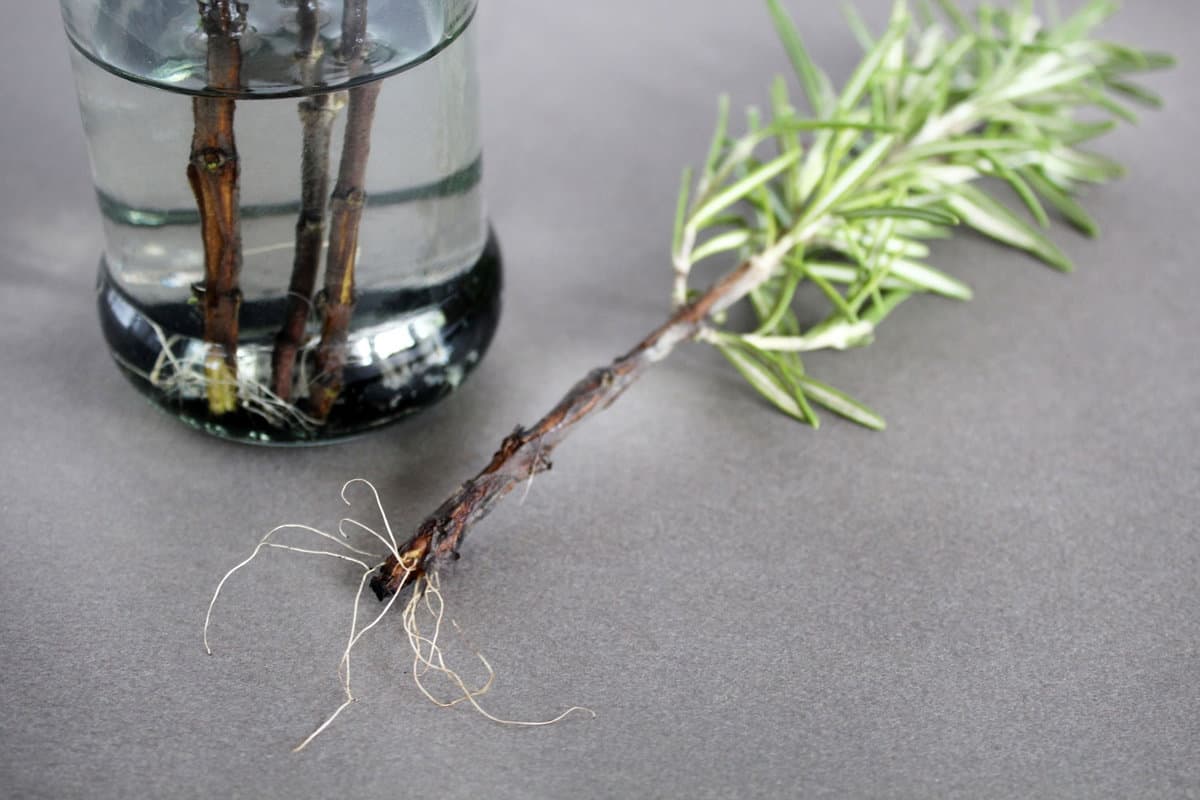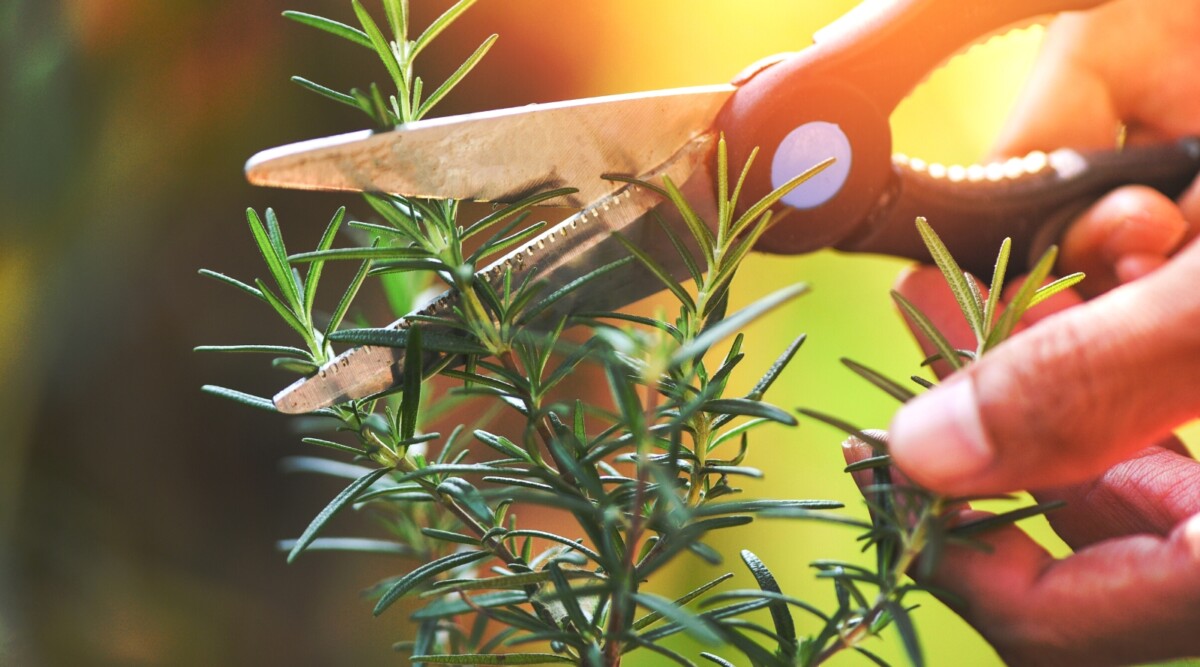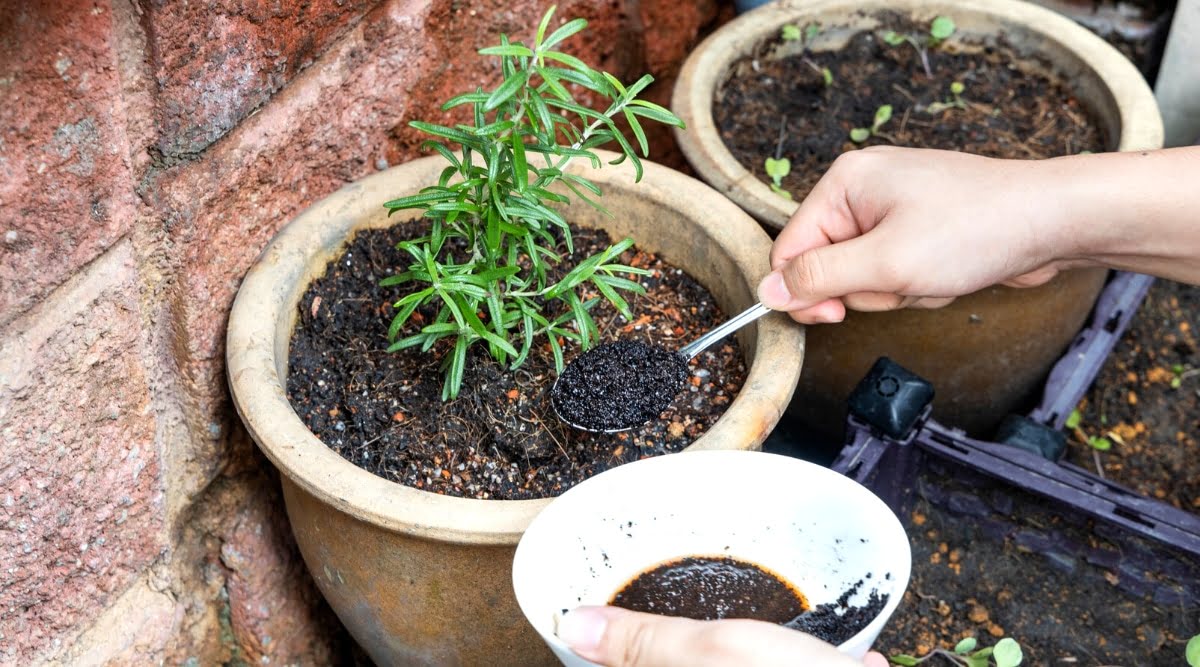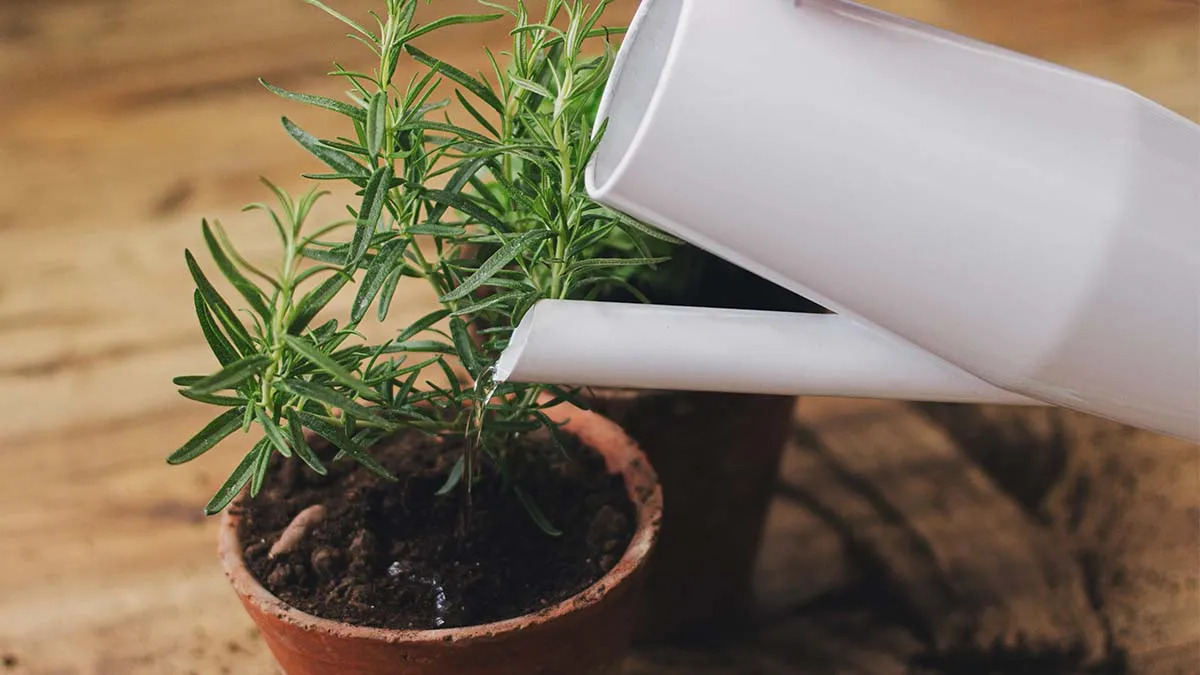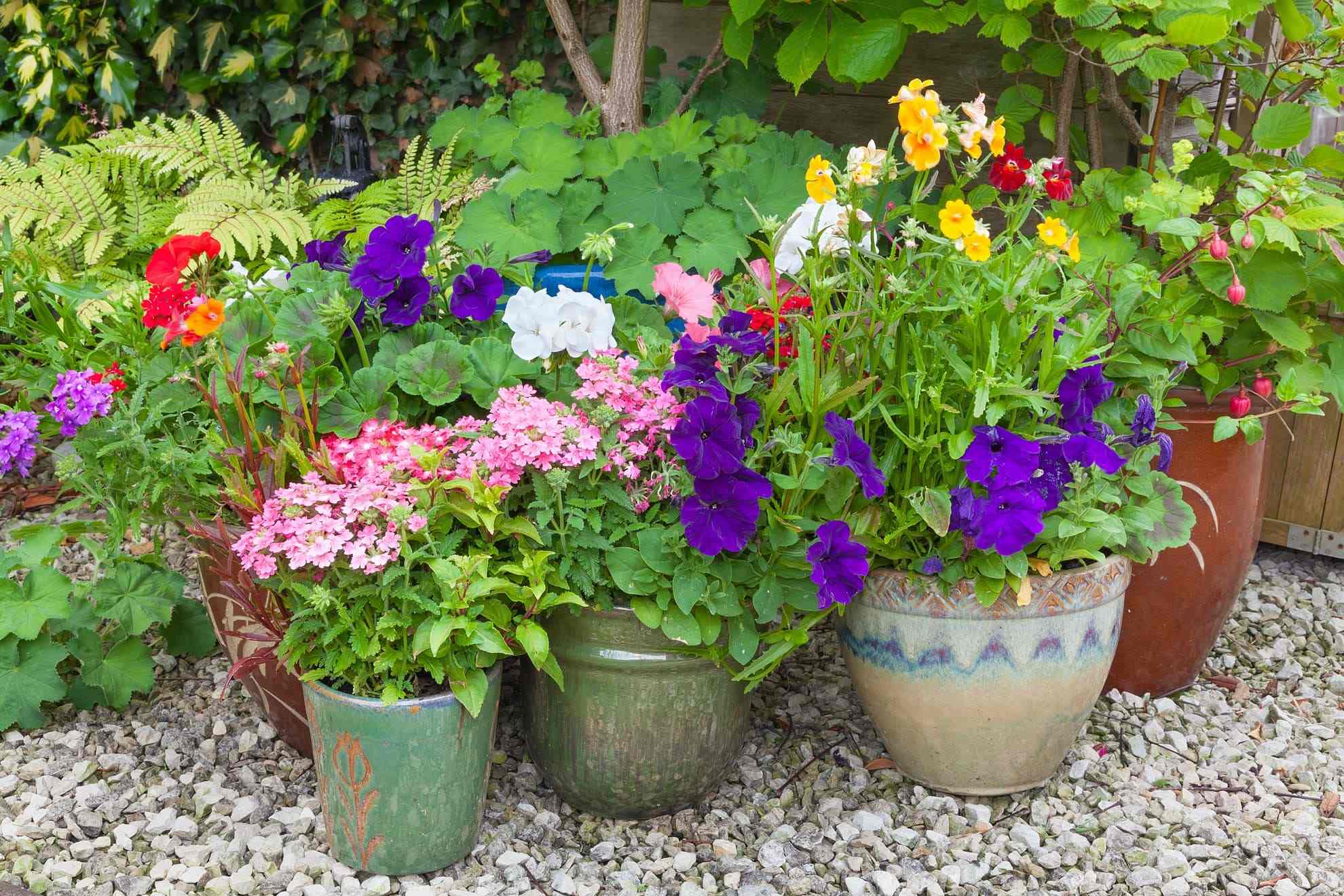Home>Types of Gardening>Edible Gardening>How Big Does Pot Need To Be For Rosemary Plant
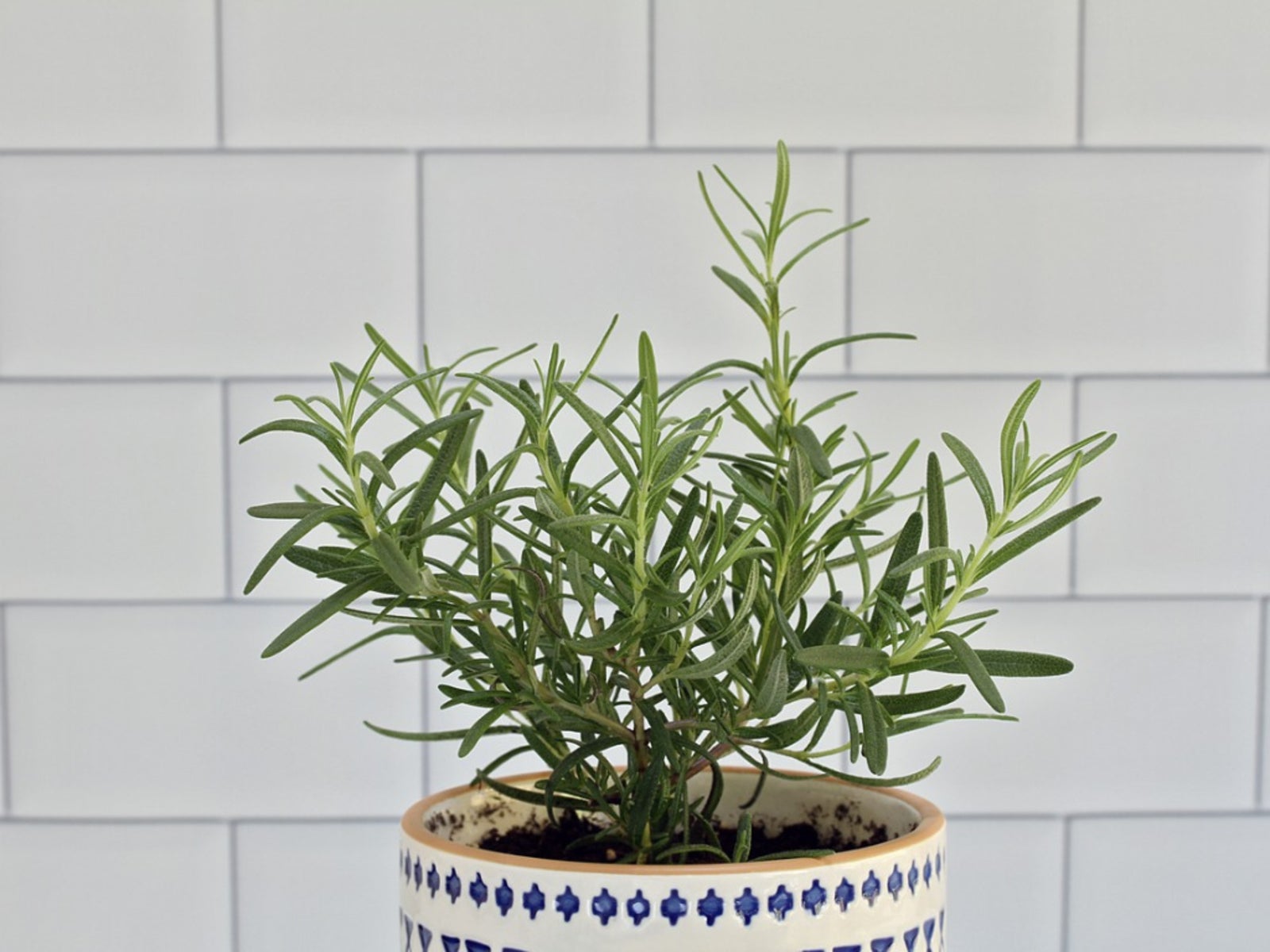

Edible Gardening
How Big Does Pot Need To Be For Rosemary Plant
Modified: February 7, 2024
Learn about the ideal pot size for growing rosemary plants in your edible garden. Discover expert tips for successful edible gardening.
(Many of the links in this article redirect to a specific reviewed product. Your purchase of these products through affiliate links helps to generate commission for Chicagolandgardening.com, at no extra cost. Learn more)
Table of Contents
Introduction
Welcome to the world of edible gardening! If you’ve ever dreamed of having your own fresh herbs at your fingertips, then you’re in for a treat. Edible gardening allows you to cultivate your own delicious and nutritious plants right in the comfort of your own home. One popular herb that many gardeners love to grow is rosemary.
Rosemary is a versatile herb that adds a delightful aroma and flavor to many dishes. Whether you’re making roasted potatoes, grilled chicken, or homemade bread, having a rosemary plant in your garden can elevate your culinary creations to the next level. But before you dive into growing rosemary, there’s one important consideration to keep in mind – pot size.
Understanding the proper pot size for your rosemary plant is crucial for its overall health and vitality. In this article, we’ll explore the factors that you need to consider when determining the pot size for your rosemary plant. Whether you have limited space or a large garden, we’ll guide you on the minimum and ideal pot sizes to ensure your rosemary flourishes.
So, if you’re ready to discover how big your pot needs to be for a rosemary plant, let’s dig in and explore this fascinating topic!
Understanding Rosemary Plant
Before we dive into the specifics of pot size, it’s important to understand the nature of the rosemary plant. Rosemary (Rosmarinus officinalis) is a perennial herb that belongs to the mint family. It is native to the Mediterranean region but has gained popularity worldwide for its culinary and medicinal uses.
Rosemary plants typically have needle-like leaves that are dark green on top and silver-gray on the underside. They are known for their strong and aromatic scent, which is released when the leaves are crushed or rubbed. This herb is not only a wonderful addition to your kitchen, but it also has several health benefits, including antioxidant and anti-inflammatory properties.
When it comes to growing rosemary, understanding its growth habits is essential. Rosemary plants can grow quite tall, reaching up to 3-4 feet in height. They also have a tendency to spread out, with foliage that can span up to 4-5 feet in diameter. Therefore, providing ample space for the roots and allowing the plant to spread is crucial for its overall health and vitality.
In terms of sunlight requirements, rosemary thrives in full sun. It needs at least 6-8 hours of direct sunlight per day to thrive and produce flavorful leaves. Insufficient sunlight can result in weak and leggy growth, so make sure to position your rosemary plant in a sunny spot.
Rosemary also prefers well-draining soil, as it is susceptible to root rot if the soil becomes waterlogged. Aim for a sandy or loamy soil mix that allows excess water to drain away. If you’re growing rosemary in a pot, ensure that the container has drainage holes to prevent water from accumulating.
Now that we have a basic understanding of rosemary plant characteristics, let’s delve into the factors to consider when choosing the right pot size.
Factors to Consider for Pot Size
When deciding on the pot size for your rosemary plant, there are a few key factors to take into consideration. These factors will help ensure that your rosemary has enough space to grow, develop a robust root system, and thrive in its container. Let’s explore these factors:
- Plant size: As mentioned earlier, rosemary plants can grow quite tall and wide. Considering the mature size of your rosemary plant is important when determining the pot size. You want to choose a pot that can accommodate the plant’s height and spread, allowing it to grow to its full potential.
- Root development: Rosemary plants have an extensive root system that needs room to grow and establish. Providing enough space for the roots to spread out is essential for the plant’s overall health. Inadequate pot size can restrict root growth and lead to root-bound plants, resulting in stunted growth and nutrient deficiencies.
- Water retention: The size of the pot will also affect the moisture retention of the soil. Larger pots tend to retain moisture for longer periods, reducing the frequency of watering. Smaller pots, on the other hand, can dry out quickly, requiring more frequent watering. Consider your watering routine and the specific needs of rosemary when selecting the pot size.
- Microclimates: Your location and the prevailing climate play a role in determining the pot size. If you live in a region with hot and dry summers, larger pots can provide more insulation against heat stress. Conversely, if your climate is cooler, smaller pots may be sufficient as they warm up more quickly and retain heat.
- Aesthetics and space constraints: Lastly, consider the aesthetic appeal and space constraints of your garden or indoor space. If you have limited space, smaller pots may be more practical. However, keep in mind that smaller pots may require more frequent watering and potential root issues if not properly managed.
By considering these factors, you will be able to select a pot size that promotes the healthy growth and vitality of your rosemary plant. Next, let’s explore the minimum pot size required for rosemary.
Minimum Pot Size for Rosemary Plant
When it comes to the minimum pot size for a rosemary plant, it’s important to provide enough space for the roots to grow and prevent the plant from becoming root-bound. Root-bound plants occur when the roots outgrow the pot, causing them to wrap around themselves and limit their ability to take up nutrients and water.
A general guideline for the minimum pot size for a rosemary plant is a container that is at least 12 inches (30 cm) in diameter and depth. This size allows for adequate root development and ensures that the plant has enough room to spread and grow. It is essential to choose a pot with proper drainage holes to prevent waterlogging, as rosemary plants tend to suffer when their roots sit in water for extended periods.
While a 12-inch diameter pot is the minimum, keep in mind that larger pots are preferred if you have the space available. Larger pots provide a more stable environment for the plant, with greater soil volume to retain moisture and nutrients. They also allow for more extensive root growth, which contributes to overall plant health and vigor.
Choosing a pot made of porous materials like clay or terracotta can also be beneficial. These materials allow for better airflow to the roots and can help prevent overwatering by absorbing excess moisture from the soil.
Additionally, if you plan to keep your rosemary plant indoors or in a location with limited natural light, you may want to consider a pot that has casters or wheels. This allows you to move the plant closer to a window or into a sunnier spot, ensuring that it receives sufficient sunlight for optimal growth.
Remember, the minimum pot size is a starting point, and providing more space whenever possible is always beneficial for the health and well-being of your rosemary plant. Next, let’s explore the ideal pot size to promote optimum growth.
Ideal Pot Size for Rosemary Plant
While the minimum pot size ensures that your rosemary plant has enough space to grow, the ideal pot size goes beyond mere sufficiency. It focuses on providing the plant with optimal conditions for growth, root development, and overall health.
For an ideal pot size for a rosemary plant, consider a container that is 16-18 inches (40-45 cm) in diameter. This larger size allows for even more extensive root growth and provides a larger soil volume. With a larger pot, the plant has greater access to nutrients, water, and room to spread its roots without becoming overcrowded.
Having a larger pot also offers more stability and creates a better microclimate for your rosemary plant. The additional soil volume helps to retain moisture, preventing the soil from drying out too quickly and reducing the frequency of watering. This can be especially beneficial if you live in a hot and dry climate, where increased moisture retention can help to mitigate the risk of the plant drying out.
Furthermore, a larger pot offers more space for the roots to explore and access nutrients in the soil. This promotes healthier root development, which in turn supports the plant’s overall growth and vitality. Strong and robust roots are essential for nutrient uptake and stability, allowing the plant to thrive and withstand various environmental conditions.
When selecting an ideal pot size, also consider the material of the container. Clay or terracotta pots are excellent choices as they provide better breathability and help regulate moisture levels. They also offer some insulation against temperature fluctuations, which can be advantageous in regions with extreme weather conditions.
Ultimately, the ideal pot size for your rosemary plant will depend on your specific circumstances, such as available space, climate, and personal preferences. Providing a pot that is at least 16-18 inches in diameter will ensure that your rosemary has ample room to grow and thrive.
Now that we’ve explored the minimum and ideal pot sizes for rosemary, let’s dive into why pot size is crucial for the health and well-being of your plant.
Importance of Proper Pot Size
Choosing the proper pot size for your rosemary plant is more than just a matter of aesthetics or convenience. It plays a crucial role in determining the plant’s overall health, growth, and productivity. Here are some key reasons why selecting the right pot size is essential:
- Root development and nutrient uptake: Proper pot size allows for healthy root development, which is essential for the plant’s ability to absorb nutrients and water efficiently. Ample room for root expansion ensures that the plant can access the necessary resources it needs to thrive and produce vibrant foliage and robust flavors.
- Preventing overcrowding: Providing sufficient space prevents the root system from becoming crowded and bound within a small container. When roots become cramped, they can become root-bound, leading to stunted growth and a decrease in overall plant health. A well-sized pot allows the roots to spread out, promoting healthy growth and vigor.
- Moisture retention and water management: The size of the pot impacts the moisture retention capabilities of the soil. Larger pots tend to retain moisture for longer periods, reducing the frequency of watering and preventing the risk of underwatering. On the other hand, smaller pots can dry out quickly, requiring more frequent watering. Proper pot size ensures that the plant receives adequate moisture without becoming waterlogged.
- Stability and support: A well-sized pot provides stability and support for the rosemary plant. As the plant grows, larger pots offer a solid foundation, preventing it from tipping over or becoming unbalanced. This stability is particularly important if you live in an area prone to strong winds or have a larger rosemary plant that may become top-heavy.
- Aesthetic appeal and plant vitality: The right pot size not only ensures the health and growth of your rosemary plant but also contributes to the overall aesthetic appeal of your garden or indoor space. A plant that has enough room to breathe and grow will showcase lush foliage and vibrant colors, enhancing the visual appeal of your gardening efforts.
By paying attention to the proper pot size for your rosemary plant, you are providing optimal conditions for growth, ensuring the plant’s longevity and productivity. Whether you choose the minimum pot size or opt for a larger container, the right pot size contributes to the overall success of your edible gardening journey.
Now that you understand the importance of pot size for rosemary, let’s wrap up our discussion on this topic.
Conclusion
Choosing the right pot size for your rosemary plant is crucial for its overall health and vitality. Understanding the growth habits and requirements of rosemary, along with considering factors such as plant size, root development, water retention, microclimates, and space constraints, will guide you in selecting the appropriate pot size.
The minimum pot size for a rosemary plant is generally around 12 inches in diameter and depth. This size ensures proper root development and prevents the plant from becoming root-bound. However, if you have the space, opting for a larger pot, ideally 16-18 inches in diameter, is preferable as it allows for more extensive root growth and provides a stable environment for the plant.
The proper pot size is important because it promotes healthy root development, nutrient uptake, and moisture retention. It prevents overcrowding, ensures stability and support, and contributes to the overall aesthetics and vitality of your rosemary plant.
By providing the right pot size, you create optimum conditions for your rosemary plant to thrive and produce flavorful leaves that will elevate your culinary creations. So, whether you’re growing rosemary in a garden or containers indoors, make sure to choose the pot size that will help your plant reach its full potential.
Now that you’re equipped with the knowledge of pot sizes for growing rosemary, it’s time to get your hands dirty and start creating your own little herb haven. Happy gardening!


